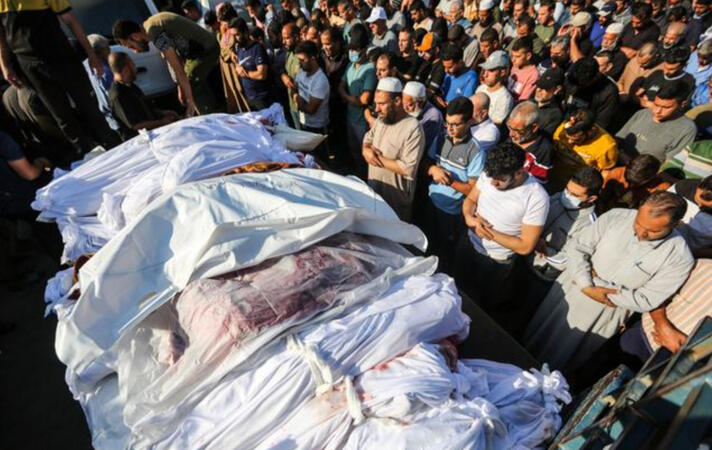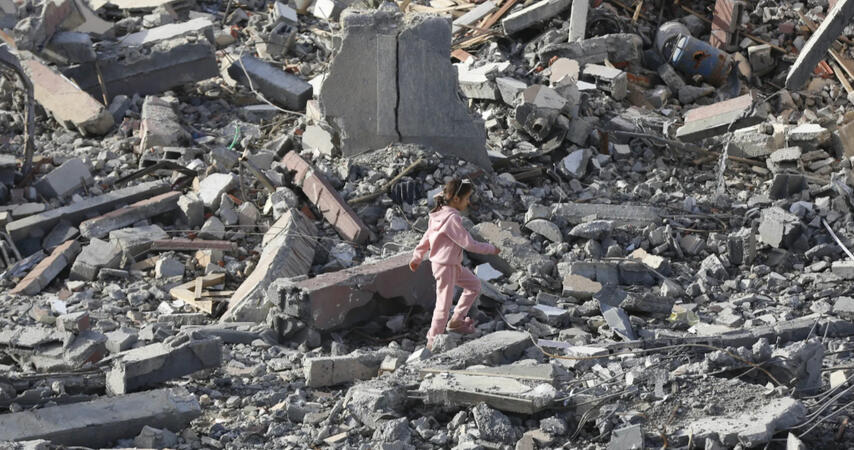AC157 Technology Story
Alexander Chen, Apoorv Mehrotra, Bryan Thorne, Claudia Garcia, Linda Zhao, Tyler Osbey
Gaza, palestine
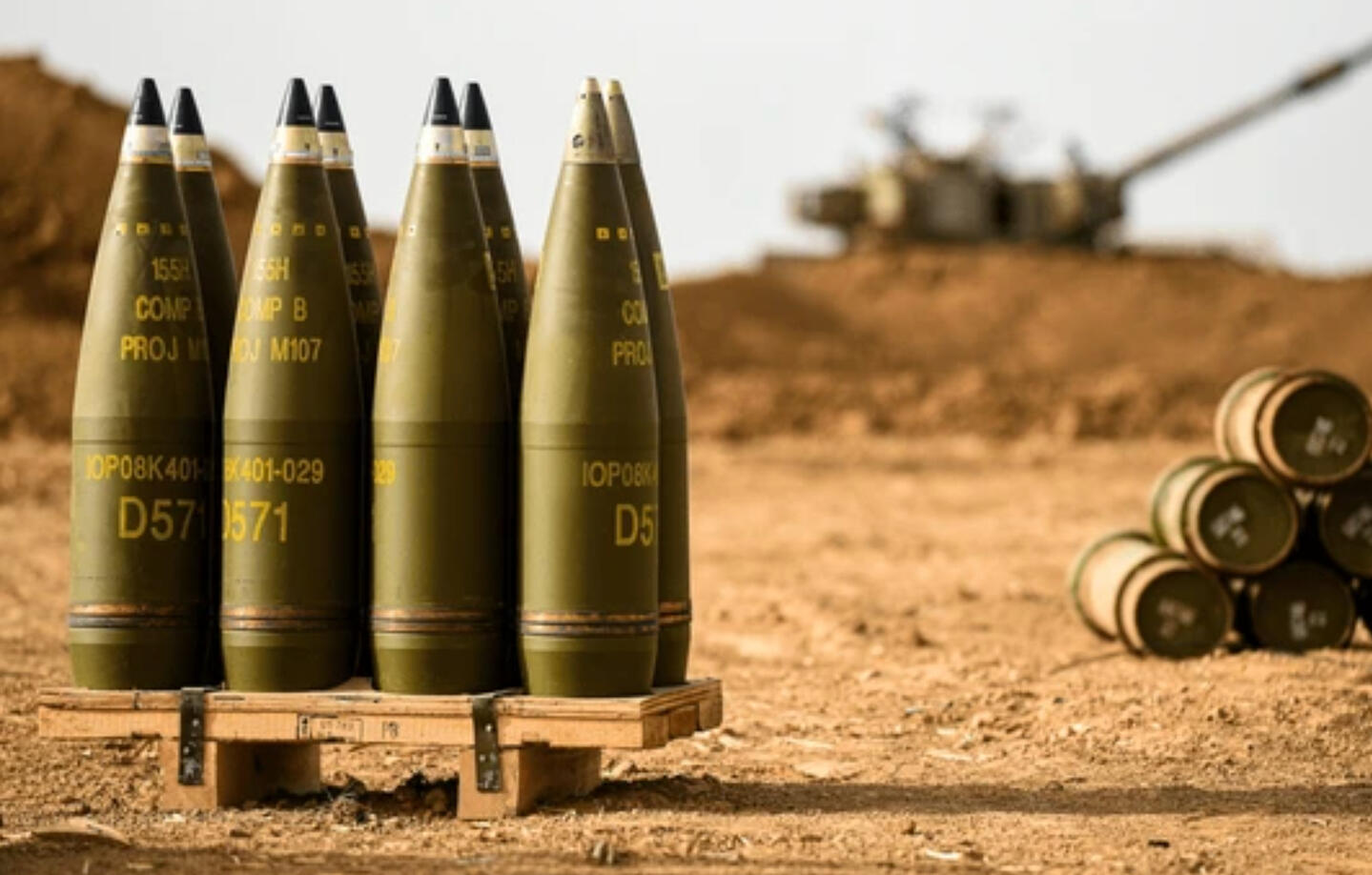
M107
Manufactured and facilitated by the United States, the M107 stands as a significant contributor to mass civilian deaths in the Gaza Strip.Through an analysis of its destructive capabilities, the role of the U.S. in its production and distribution, and its environmental impacts, we underscore the urgent need for international scrutiny, accountability, and policy reform to mitigate the devastating humanitarian consequences of weapon proliferation in conflict zones like Gaza.
The M107 in Gaza
According to details from January 2024, the United States’ State Department sold $148 million worth of M107 missiles to Israel. Sourced from U.S. army stock, the estimated 7,000 rounds were sent under the Secretary of State’s claim that there is an “emergency to defend Israel,” hence bypassing Congress’ approval for the sale.
From September 2005 to May 2007, Israel launched more than 14,600 artillery shells (the primary ammo was M107) into the Gaza strip. This has killed 59 and injured 270–fatalities almost exclusively civilians.
The Israel Defence Forces’ (IDF) artillery fire in Beit Hanoun killed 23 and wounded 40+–all civilians–on November 8, 2006. This led to a temporary ban on artillery fire.As of December 2023, 57,000 155 mm shells have been sent to Israel; there have been over 9,000 casualties in the Gaza Strip since November 2023, over 40% of which are children. With 32,000 injuries, 25 ambulances destroyed, and 16 hospitals out of service, several Human Rights Watch investigations led to the conclusion that Israel’s use of the M107 may have violated international humanitarian law being that artillery shells used indiscriminately bombed both military and civilian targets.In January 2024, there were 255 explosive weapon usage instances in Gaza. 233 of the instances killed a total of 1,795 civilians and injured a total of 745 civilians (2540 casualties). In fact, civilians accounted for 97% of all casualties recorded in Gaza in January. 99.9% of casualties were from populated areas, and 14% of casualties were from air launched missiles. In December 2023, 278 explosive usage instances killed 3,237, injured 759 (3,996 casualties). In November 2023, it was 239 instances and 3,322 casualties.
What exactly is it?
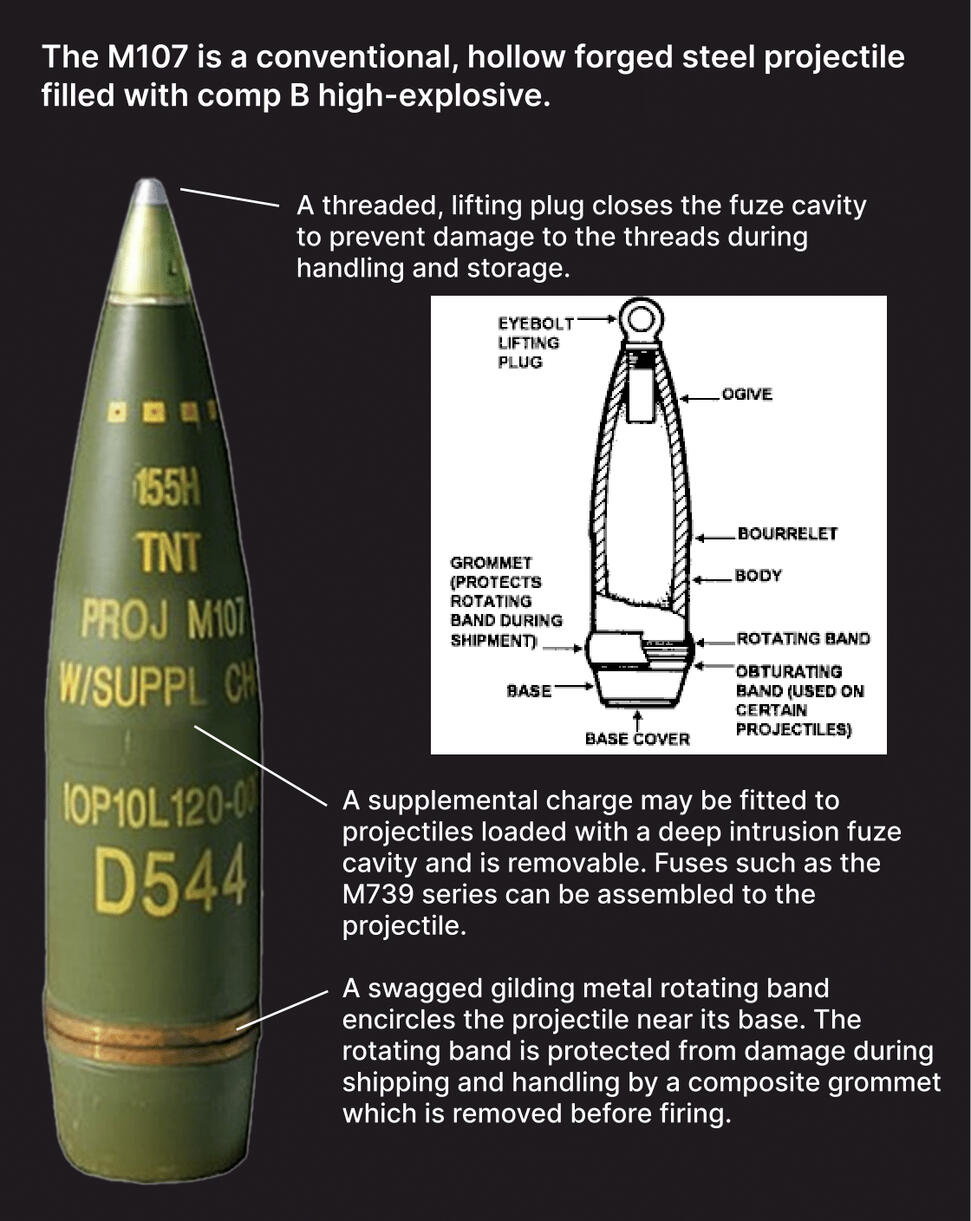
Development
The M107 was developed in the 1930s as an Americanized offshoot of a French shell. Since then, the M107 has been developed and designed to have several versions.How is it used?
The M107 is the most widely used training artillery shell in the world; the “NATO standard” shell. It's currently used in the US primarily for training, but recent escalations of the Palestinian genocide have led to its extensive use against civilians in the Gaza Strip. See The M107 in Gaza for more details.
Monetary Cost
Because it's easy to make a lot of, it maximizes the quantity of its creation and minimizes the cost of production. The US does not contract the whole shell from one company–rather, parts of the shell are contracted by several companies
As of 2001, the total cost per shell is around $200.63Chamberlain Manufacturing Corporation (formerly), General Dynamics (former Scranton Army Ammo Plant) provides metal bodies, which are $104.78 to produce.American Ordinance provides internals and assembly which costs $68.69.
Despite being produced by countries globally, the US is the main facilitator of it's shipping to Israel.
Who makes the M107?
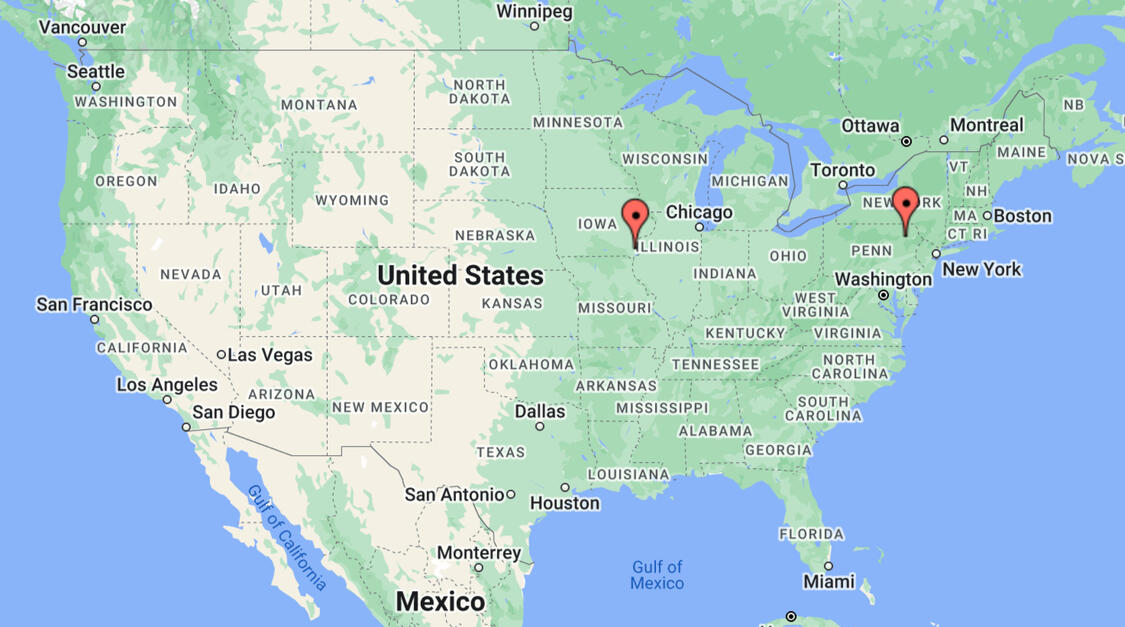
A 1 billion contract has companies General Dynamics Ordnance and American Ordnance competing to produce 155 mm artillery rounds. From this contract, they’re expected to procure 12,000-20,000 rounds in just a month. To put things into perspective, 1 round of an M107 has a kill radius of 50 m and a injury radius of 150 m, which is an average of over 100 Gazans harmed per round. This contract lasts until March 2028.

American Ordnance
📍Middletown, IA
American Ordnance LLC, operator of the Iowa Army Ammunition Plant, produces the projectile 155mm High Explosive ammunition for the U.S. Army, Marines and other State Department approved customers.American Ordinance provides internals and assembly for the M107.
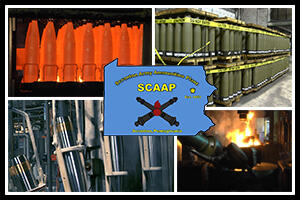
Scranton Army Ammunition Plant (SCAAP)
📍Scranton, PA
The Scranton Army Ammunition Plant (SCAAP) is a United States Army Joint Munitions Command (JMC) facility that manufactures large-caliber metal projectiles and mortar projectiles for the Department of Defense. Some of the projectiles produced by SCAAP are 155mm and 105mm artillery projectiles, including the 155mm M795 and M107. For the M107 specifically, SCAAP provides forged steel metal bodies.

General Dynamics
In 2006 facility operation was assumed by General Dynamics, Ordnance and Tactical Systems.
